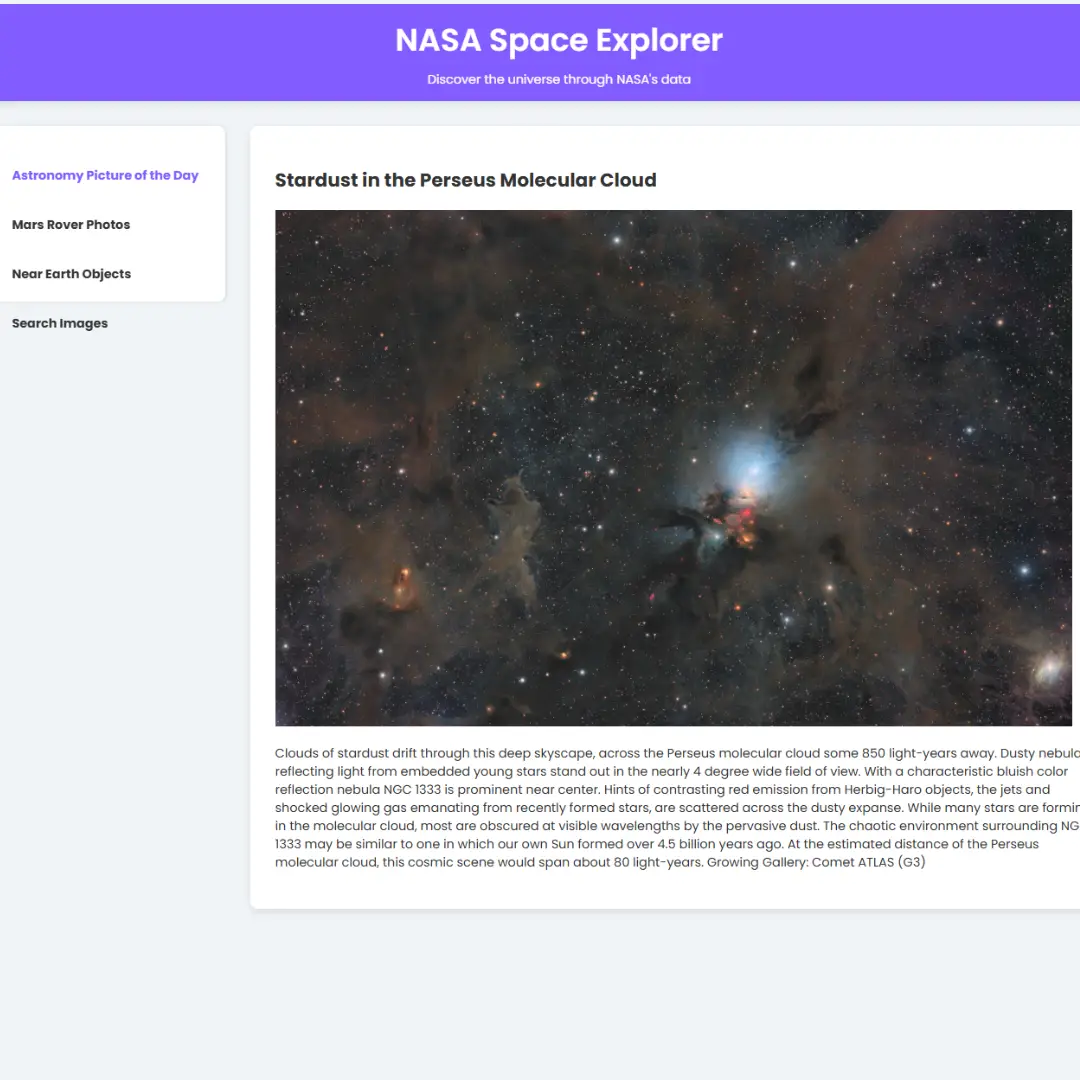Learn to create a Facebook clone using HTML and Tailwind CSS. HTML and Tailwind CSS make it easy for beginners to get started.

Table of Contents
In the vast landscape of web development, there's often no better way to learn than by doing. Replicating popular websites serves as a fantastic exercise, providing hands-on experience in coding, design, and problem-solving. In this tutorial, we're embarking on an exciting journey to create a basic Facebook clone.
Through the combined power of HTML and Tailwind CSS, we'll unravel the intricacies of front-end development, step by step. Whether you're a beginner venturing into the world of web development or a seasoned developer looking to hone your skills, this tutorial promises to be both informative and rewarding.
So, buckle up and prepare to dive deep into the realms of HTML structure and Tailwind CSS styling as we embark on this exhilarating endeavor to craft our own version of the world's most popular social media platform. Let's get started!
Source Code
Step 1 (HTML Code):
Before diving into development, ensure you have a code editor installed and create a new project directory. Install Tailwind CSS via CDN or npm to use its utility-first CSS framework.
Explanation:
- Choose a code editor like Visual Studio Code or Sublime Text.
- Create a new directory for your project.
- Install Tailwind CSS using npm or link it via CDN in your HTML file.
Let's break down the structure and elements:
1. <!DOCTYPE html>: This declaration defines the document type and version of HTML being used.
2. <html lang="en">: This tag indicates the beginning of the HTML document, specifying the language as English.
3. <head>: This section contains meta-information about the document, such as character encoding, viewport settings, and the page title.
- <meta charset="UTF-8">: Defines the character encoding as UTF-8.
- <meta http-equiv="X-UA-Compatible" content="IE=edge">: Specifies compatibility settings for Internet Explorer.
- <meta name="viewport" content="width=device-width, initial-scale=1.0">: Sets the viewport width to the device width for better responsiveness.
- <title>Facebook Clone</title>: Defines the title of the webpage.
- <link rel='stylesheet' href='https://cdn....css'>: Links an external CSS stylesheet for styling the page.
4. <body class="font-sans leading-none bg-grey-lighter mb-8">: The body section of the HTML document begins here. It applies some classes for styling purposes.
- <header class="bg-blue">: This represents the header section of the webpage with a blue background.
- Inside the header, there are various elements including logo, search bar, user profile information, and navigation links. These elements are styled using classes and contain SVG images for icons.
- After the header, there is a container element with various sections including a cover photo, profile information, and additional details like work, education, and location.
- Further down, there are more sections like "Featured Albums", "Did You Know", language selection, and footer links.
- The main content area includes a section for making posts, displaying posts from others, and commenting on them. It includes features like adding photos/videos, feelings/activities, and posting updates.
- Each post in the content area contains user information, post content, and options for interactions like liking, commenting, and sharing.
- At the end of the document, there are some privacy, terms, and copyright-related links.
Step 2 (CSS Code):
No custom CSS thanks to Tailwind!
tailwindcss.com
/*
No custom CSS thanks to Tailwind!
tailwindcss.com
*/ Final Output:

Conclusion:
Congratulations! You've successfully navigated through the process of creating a basic Facebook clone using HTML and Tailwind CSS. This journey has equipped you with valuable insights into frontend development, from structuring webpages with HTML to styling them with Tailwind CSS.
Thank you for joining us on this journey, and we wish you the best of luck in all your coding endeavors. Happy coding!
Code by: Shuvro Roy
That’s a wrap!
I hope you enjoyed this post. Now, with these examples, you can create your own amazing page.
Did you like it? Let me know in the comments below 🔥 and you can support me by buying me a coffee
And don’t forget to sign up to our email newsletter so you can get useful content like this sent right to your inbox!
Thanks!
Faraz 😊

























